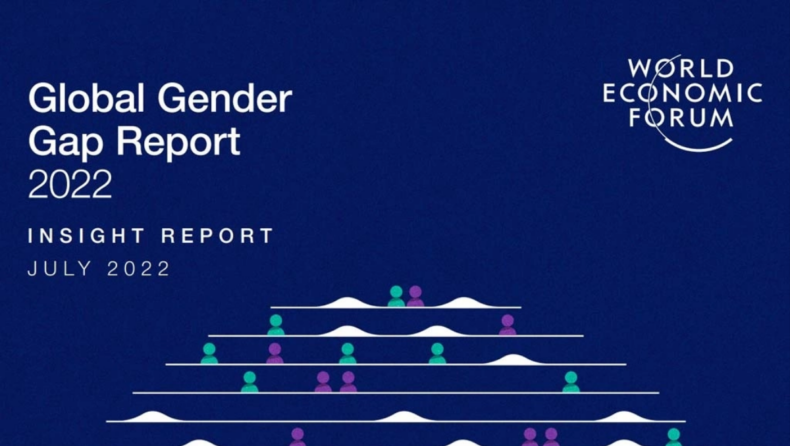The population of women in India is touching 662 million in 2022
India’s positioning in the gender gap index is 135 out of 146 countries in the latest report released by the World Economic Forum on Wednesday. India is ranked 146th in the “Health and Survival” sub-index.
Overall report Key findings-
- The gender gap has been reduced by 68.1 percent worldwide.
- The gender disparity in political empowerment around the world is still 77.6% this year.
- The gender gap in economic opportunity and participation is 40%.
- In 2022, there will be a 4.7 percentage point gender disparity in educational attainment.
- There is still a 4.3 percentage point gap between health and survival.
- In the majority of nations, the effort to close the gender gap has halted. Only 30 of the 145 economies included in this edition and the last edition saw progress in reducing the gender gap by at least one percentage point.
- Across the 146 countries covered by the 2022 index, the health and survival gender gap has closed by 95.8%, educational attainment by 94.4%, economic participation, and opportunity by 60.3%, and political empowerment by 22%.
- Iceland is at the top of the list globally (90.8 percent). The only economy where the gender gap has been reduced by more than 90% in Iceland. Finland (86 percent, second), Norway (84.5 percent, third), and Sweden (82.2 percent, fifth) round out the top 5, with other European nations Ireland (80.4 percent) and Germany (80.1 percent) taking the ninth and tenth spots, respectively.
- Sub-Saharan African countries Rwanda (81.1%,6th) and Namibia (80.7%,8th), along with one Latin American country, Nicaragua (81%, 7th), and one country from east Asia and the Pacific, New Zealand (84.1%, 4th), also take positions in top 10.
- Only 62.3 percent of the gender gap will have been closed in South Asia by 2022, the least of the eight regions examined in the study. Afghanistan recorded the lowest level of total gender parity in the area and the entire world, with a score of 43.5 percent, while Bangladesh and Nepal dominate regional performance with over 69 percent of their gender gaps bridged. Only 35.7 percent of the gender gap in South Asia has been closed, making it the region with the largest gender disparity in economic participation and opportunity.
India and global gender gap index-
India is ranked 135th out of 146 nations.1. Economic participation and opportunity – 143rd
The participation gap, the pay gap, and the advancement gap are the three concepts that make up this sub-index. Indicators:- Labor-force participation – 140th
- Wage equality for similar work-122nd
- Estimated earned income –140th
- Legislators, senior officials, and managers- 123rd
- Professional and technical workers-118th
2. Educational attainment – 107th
Through the enrollment ratios of women to men in primary, intermediate, and tertiary level education, this sub-index depicts the discrepancy between men’s and women’s existing access to education. The ratio of women’s literacy rate to men’s literacy rate provides a longer-term picture of the nation’s capacity to educate women and men in equal numbers. Indicators;- Literacy rate- 121st
- Enrolment in primary education- 1st
- Enrolment in secondary education-79th
- Enrolment in tertiary education- 1st
3. Health and Survival – 146th
Using two indicators, this subindex gives a general summary of the health disparities between men and women. The first is the sex ratio at birth, which strives to capture the “missing women” phenomena that are common in nations with a strong preference for sons. In the second, we make use of the difference in healthy life expectancy between men and women. By taking into consideration the years lost to violence, illness, starvation, and other factors, this metric provides an estimate of the number of years that women and men can anticipate living in good health. Indicators:- Sex ratio at birth- 142nd
- Healthy life expectancy- 137th
4. Political Empowerment – 48
The lack of any metrics capturing variations in the participation of women and men at local levels of governance is a glaring flaw in this category. Indicators:- Women in parliament- 118th
- Women in ministerial position – 126th
- Years with female/male head of state (last 50)- 8th













